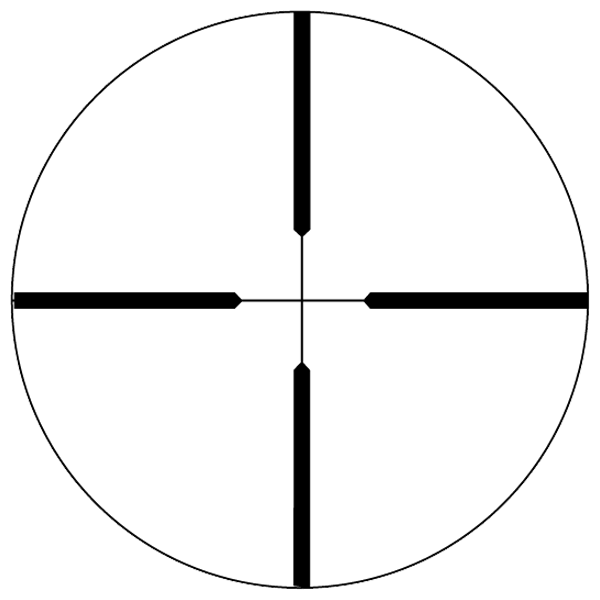

Target acquisition is much faster than fiddling with turret adjustment for most distances, and they can be used for rangefinding to some degree if you know what you’re doing. Just figure out where to put the target based on the dots. Since most scope turrets are set up with these units, the scopes make hold-over almost second nature. The crosshair ticks on an MOA or Mil-Dot reticle are designated by angular distance. They are a little hard to use, but can really help out if you don’t have a rangefinder and a giant buck appears near a treeline that is too far away to guess at. By lining up the target with the ticks on the reticle, you can get a rough distance to the target, which will allow you to dial in your elevation turret. Range-finder reticles look a lot like BDC at first glance, but the ticks are designed not for drop estimation, but rather to range a target of known size.įor instance, a human silhouette will take up a certain amount of space at different yardages. It can also be hard to find one for non-traditional rounds like the 300 Blackout, though there are good BLK scopes for that one, too. They might be off a bit for specific loads, but generally they work pretty well out to 500 yards. The biggest downside is that the reticle can’t be tuned to your particular gun, and they are a cookie cutter firing solution based on an average cartridge from a single caliber. These are medium to long range reticles that remove the need to dial in elevation changes. They have elevation ticks below the central crosshair with pre-determined hold-overs for various distances. BDCīDC, or bullet drop compensating reticles have some big pros and cons. These are found on reflex sights of all varieties, be it tubes or exposed glass, and also on holographic sights. Mostly these are used for fast target acquisition and sub-100 yard shooting or close quarters CQB. Dotĭot reticles are exactly what they sound like, a central dot which can be accented in different ways. These are mostly designed for medium range shooting and flat trajectories, or for people who are using a separate rangefinder and dialing their turrets for drop and windage. In addition to the basic crosshair design of old, duplex reticles thicken at a certain measured distance from the target center. Duplexĭuplex reticles are by far the most common image that people put with scopes. Let’s start by looking at some of the most common options. There are so many reticles out there, and each is suited to a slightly different use. There are a sea of options out there, and it’s hard to pick. I just went through this process with my new AR-10. If you are shopping for a new scope, you’re probably thinking a lot about reticle choice.


 0 kommentar(er)
0 kommentar(er)
